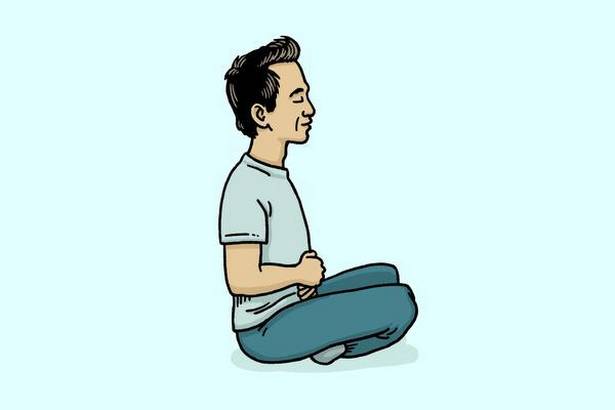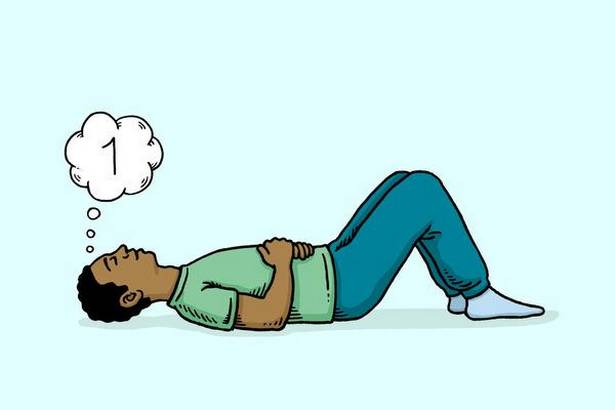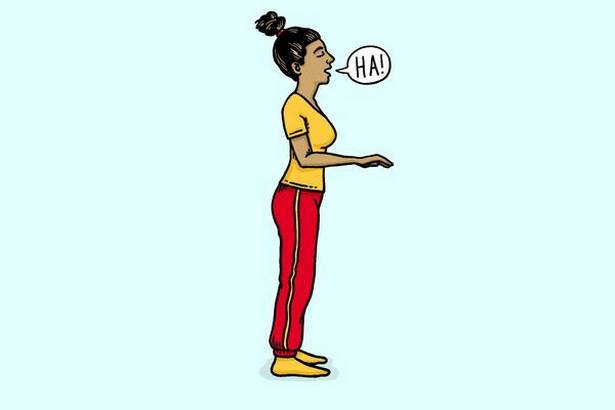Listen to your breath
Feel it, observe it… for health benefits
The effort of breathing is the essence of life. When breath changes, there are immediate effects at every level of the body and mind. Ancient hatha yoga shows asana as the pathway to change and control the inner experience of the breath; it is not meant to be just exercise or a posture of the body. To achieve this, we should connect to our breath and develop breathing skills in the asana itself. Then we can deepen them in pranayama. This is a key factor in the yoga path that is not always sufficiently emphasised in modern yoga — coordination of body and breath in a structured pathway.
Breathing well for good health needs greater skill and subtlety than working with the body. The breath is not as obvious as say the hips or hamstrings in its movement! It is easier to see and feel the body than the breath. What is more, breathing is mainly involuntary. We only have partial control over the breath. In other words, we do have control over many of our movements in complex ways, whereas, breathing mostly takes care of itself. However, in modern life, our natural breathing patterns are often not healthful, because of acute stress, poor posture and erratic lifestyle.

There is a pathway to working with the breath intelligently, guided by yoga knowledge and wisdom. The first skill to work with the breath is learning to sense or feel it. This is an ongoing process where we observe the breath in different ways — in various areas of the body, during inhalation and exhalation and the pauses, and stay in touch with breath sensations through the day.
As the next step, we try to let our breath become smoother and easier. If we cannot feel the breath well, or breathing is strained, breathing practices will not lead to good health. Then we must approach the different patterns of breathing — for instance, breathing into the abdomen, lower ribs, upper chest, back and combinations of these areas.
As we work on these parameters, we can also observe the inhalation, exhalation, and pauses, and gradually begin lengthening the breath. The ability to breathe long is important for good health in multiple ways and it also leads us to the capacity to suspend the breath. Suspending or pausing the breath offers the psychological benefits of bringing stillness to the body and mind, and also physical health benefits to the body.

Then, in classical yoga, we progress to doing the bandhas in the appropriate asanas — for example, bridge pose, tadaga mudra, downward dog, inversions and more. We also simultaneously learn the important techniques of pranayama such as nadishodhana and sheethali. In time, we are able to combine the bandhas in pranayama also.
As we progress in this pathway, we always keep our attention on deepening the skill of sensing the breath and watching the effort of breathing. Gradually, this will lead us to feel our inner or subtle body through the breath experience — this is described in the ancient yoga texts using the system of prana, nadis, chakras and more.

There are profound health benefits at every step of this pathway from the modern medical angle too — efficiency of breathing and the oxygen-carbon dioxide balance, parasympathetic activation and the polyvagal theory, stress reduction, mood and energy balance and more.

As the classical yoga text, Hatha Yoga Pradipika, cautions, it is important to manage the breath slowly, as forcing it can create many health problems. As with all self-care and well-being practices, patience, wisdom, and guidance are invaluable!
This article appeared in The Hindu newspaper.
